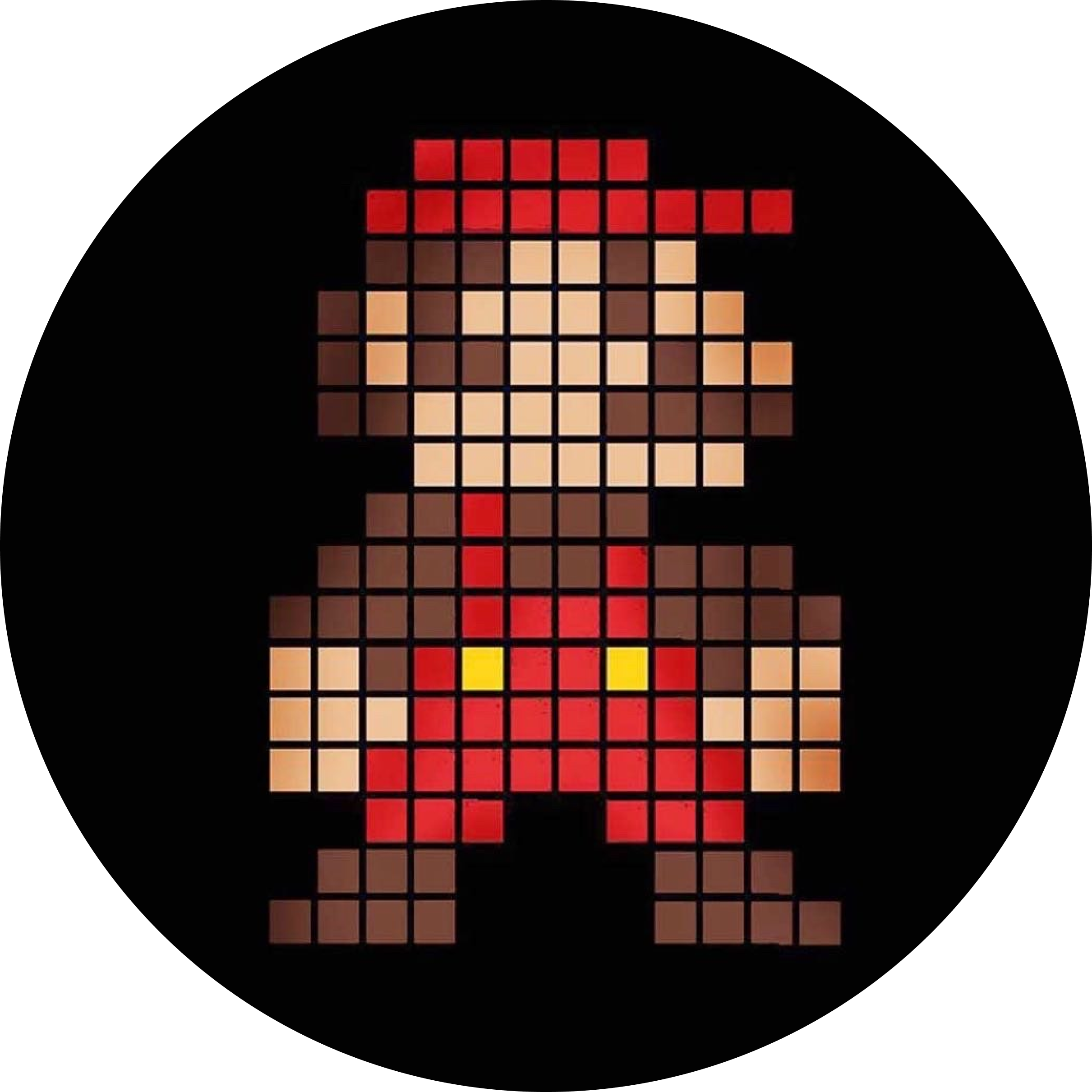/webresources/Blog/1747636796618.JPEG)
Preface
The evolution of 3D modeling and imagery has taken the world by storm, pushing cutting-edge solutions like KIRI Engine to relentlessly improve their 2D-to-3D conversion quality and efficiency.
Not to mention their support for a variety of scanning options users can choose from to satisfy a diverse set of requirements.
Imagine this: what if your ordinary 2D video can be brought to life through a visually stunning 3D model?
Look no further. This blog breaks down the steps you need to follow to do exactly that. Dig up those old 2D videos sitting dormant in your cloud storage and start experimenting with KIRI Engine’s conversion options.
To help you better understand how KIRI Engine generates 3D models from 2D videos, I ran an experiment using the same dataset across all available scan modes.
This way, you’ll not only learn about the available scan options, but also the unique nuances of each mode. And most importantly, how each one affects the final 3D output. Yes, I’ll reveal the final models at the end!
Without further ado, let’s dive into it.
The Experiment: Some Background
/webresources/Blog/1747636818910.JPEG)
The raw image above is one of the 151 images passed into each of 3 scans as follows:
Interested in the dataset I used? Download the “Horse” dataset from here.
Wait a second - did I just mention passing in “images”? Why did I not just pass in a video as input instead?
While KIRI Engine accepts both images and videos as input, these are few pointers to keep in mind when choosing between the two:
A digital video is really just made up of a series of images
Video uploads are subject to duration limits:
Basic Plan: up to 1 minute
Pro Plan: up to 3 minutes
Video uploads also have a size limit of 2 GB:
/webresources/Blog/1747636840345.png)
Ultimately, by choosing to upload images, you can intentionally include only the images which contribute to a quality 3D model generation (think noise reduction)
To summarize KIRI Engine upload limitations:
/webresources/Blog/1747636855352.png)
Long story short, as the provided video exceeded the 2 GB limit, and instead of spending time cutting the video, I opted to use the provided image dataset instead.
Now, what if you do not have the corresponding image dataset of your 2D video?
Pro Tip: Converting Your 2D Video to Images
No image dataset? No problem.
Luckily, you have many options to convert your video to images of your desired format, typically of JPG format:
Once you have your corresponding 2D image dataset, slice and dice and choose your richest and most optimum image dataset to generate your best 3D model possible. All of this while not hitting the video limitation imposed by KIRI Engine.
KIRI Engine’s Distinct Scan Modes
Remember, KIRI Engine offers three distinct scan modes:
Wait, what do they really mean?
According to this excellent blog, here is how each scan works:
Photo Mode
Utilizes photogrammetry technology by capturing multiple 2D images from various angles. The app processes these images to reconstruct detailed and textured 3D models. Ideal for everyday objects, artworks, and product prototypes where texture and surface detail are important.
Featureless Object Mode
Specifically designed to scan objects with minimal surface details—like smooth, reflective, or single-colored items. Utilizes advanced algorithms to detect subtle geometrical cues, overcoming the typical challenges of photogrammetry. Useful for scanning objects such as ceramics, glass, or metallic surfaces.
3DGS (with Mesh)
An emerging technique that uses Gaussian splatting for efficient real-time rendering and high-fidelity reconstruction. Allows for fast generation of realistic 3D models with smooth viewpoint transitions. Ideal for dynamic 3D visualizations, gaming assets, and virtual reality content.
Additionally, KIRI Engine includes a 3DGS to Mesh feature, allowing users to Convert Gaussian Splatting (3DGS) Models into Standard Mesh Formats. This makes it easier to integrate 3DGS-generated models into conventional 3D workflows, enabling more flexibility for editing, texturing, and rendering. With the innate ability to capture wholistic scenes and difficult objects, the mesh conversion feature opens up many opportunities as it's no longer constrained by traditional limits. Moreover, the conversion process ensures the model maintains high visual fidelity while becoming compatible with various 3D platforms.
Can’t wait to see my output 3D model of each of the three scans? Read on.
Horse Model Showdown: One Dataset, Three Stunning Outputs
Uploading my image dataset was a breeze.
Here are the steps I followed:
On KIRI Engine, click on “Upload”
For each scan type, upload as many images as you can (up to 300 images per scan)
Customize scan parameters as you see fit
Hit “Create 3D Model Now” and simply wait for the magic
Waiting for your scan to complete? Let’s marvel at the 3D output generated by each of the scans below!
Photo Mode
Auto Object Masking: On
Texture Smoothing: Off
All other parameters: Default
My thoughts?
Note that Photo Mode relies on classic photogrammetry, which stitches 3D geometry from feature points across images. But when your object, like this sophisticated horse, lacks enough surface texture (especially at the top and bottom), the algorithm gets confused. The result? A rather warped saddle zone and an uneven topography.
Featureless Object Mode
All parameters: Default
My thoughts?
Featureless Mode shines where traditional photogrammetry fails, or lacks. Instead of depending on texture-rich surfaces, it uses shape cues and smart inference to handle smooth objects. The output? Cleaner geometry and far fewer reconstruction artifacts.
3DGS (with Mesh)
Auto Object Masking: On
3DGS to Mesh: On
All other parameters: Default
My thoughts?
Here’s the bottom line: 3DGS to Mesh uses the same underlying algorithm as Featureless Mode. No wonder the output looks nearly identical - sharp edges, smooth surfaces, and robust handling of low-texture regions.
Note however, that 3DGS to Mesh combines the strengths of Neural Surface Reconstruction (NSR) with advanced enhancements like improved normal prediction and reflection handling, not to mention its 3D software compatibility which gives it an edge!
The Takeaway
If you have made it this far, you should have picked up these concepts:
How to run a simple experiment to understand KIRI Engine’s scan modes
Key differences between using videos vs. images as input dataset
An overview of all three scan types
How each scan mode works and what kind of 3D output to expect
Most importantly: how to turn your 2D videos (or image sets) into 3D models
Have some general questions on KIRI Engine? Maybe our FAQs will address them!
What is your next 3D magic idea?





/webresources/Blog/1747636872821.png)
/webresources/Blog/1762763867214.png)

/webresources/Blog/1761640404233.png)
/webresources/Blog/1757472386254.png)
